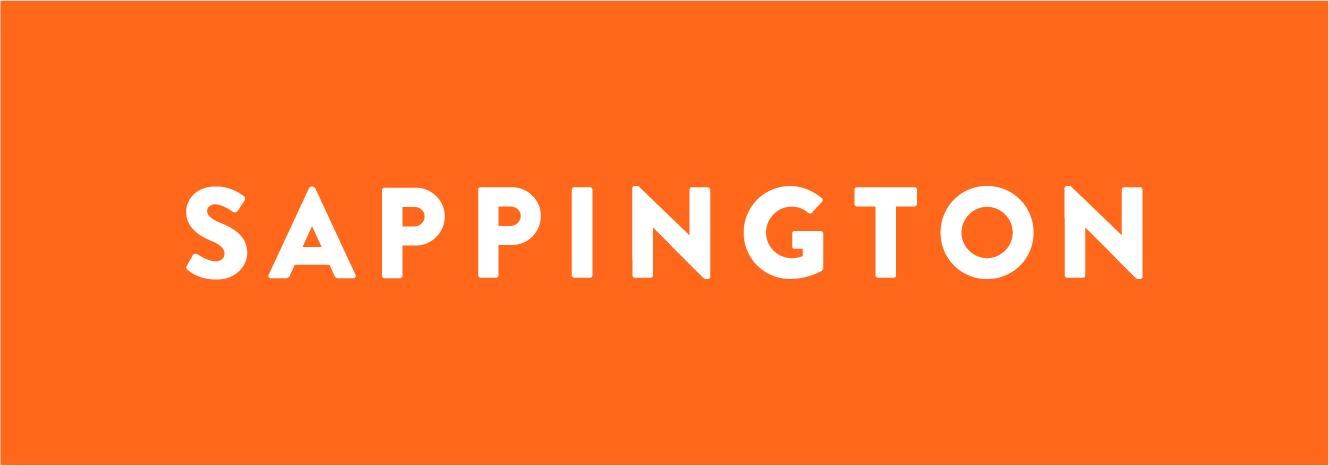Context is key | Profile of Jenny Jarrad
Partner Marketing Director, Elastic
Jenny Jarrad is a people person.
“I’m a big fan of communicating with human beings and learning all about them,” says the Partner Marketing Director at search analytics company Elastic. This has been core to her approach in technology marketing leadership roles for companies including Amazon Web Services (AWS), SAP, and VMware. She currently supports the marketing relationship between Elastic and AWS.
Explaining the ‘why’
Jarrad’s superpower is her ability to provide context—letting colleagues know the “why” when she’s making an ask. Jarrad aims to see things from the other person’s point of view and give them the information they need to understand and execute.
Jarrad realized the importance of context early on. As the youngest of eight children, she needed to find ways to be seen and included in the conversation. Storytelling was an important way to get noticed. “I think that's where it all started,” she recalls, “needing to understand the room, what people were interested in, and telling a story. Context is a big part of storytelling.”
Stopping the runaway train
Imagine you’re asked by a colleague, “How much do you spend on running a webinar?” Jarrad observes that this could be a simple question—or it could be a loaded one. If you don’t know why you’re being asked the question, imagination can take over. You might wonder if someone thinks you’ve done something wrong, making you feel nervous, afraid, or defensive. And that can spiral. With context, though, you can avoid speculation, understand why the question is being asked, and have a reality-based view of how the interaction affects you.
One of the pitfalls of today’s fast-paced workplace is that everyone wants a quick answer. But if you don’t take the time to provide context, “You may not get the answer you need,” Jarrad says. Information provided without proper context can create a false narrative that turns into a runaway train—especially when strong emotions and passion for a project are involved.
Powerful communication tool
The good news is that providing context results in better, more efficient communication. Although it may take a bit more time to add context, you’ll save a lot of time down the line. “I’ve found that I get my answers quickly because I provide the necessary context upfront,” Jarrad explains. “It takes the noise and nonsense away, and I get what I need to move forward.”
“Context puts you in a very trusting position. There's transparency because you're putting it out there, not hiding anything.”
Offering context builds trust. “Context puts you in a very trusting position. There's transparency because you're putting it out there, not hiding anything.”
Context can also be an antidote to the depersonalization that sometimes occurs when colleagues work remotely with little face-to-face interaction. It can be difficult in a remote work situation to develop trust and really to get to know people. Context—going beyond the basic communication needed to get things done—can be the catalyst for deeper conversations.
Real business results
For Jarrad, prioritizing context has translated into business success. Since she began in her current role with Elastic two years ago, the budget she manages for co-marketing with AWS has increased tenfold. “This demonstrates that AWS trusts Elastic to deliver on its promises,” she believes.
“Being a good storyteller and providing context has propelled the AWS-Elastic partnership,” Jarrad explains. “Knowing what our partners are looking for and being able to provide everything they need upfront has paved the way.”
Making the most of context
Jarrad offers some tips for reaping the benefits of context:
Know your audience. Different levels of context are required for a CEO vs. an individual contributor. If there’s information you can’t share, it’s important to be as transparent as you can about why.
If you’re not getting good context, push back. According to Jarrad, this is a particular challenge for people early in their careers, as insecurity and impostor syndrome can prevent them from asking for critical context. Learning how to get the context you need is a crucial career skill to develop sooner rather than later.
Transparency is the goal. This includes giving credit where credit’s due—with colleagues and clients. “I always want to give the right person credit, and I think that gives me a lot of credibility,” Jarrad says.
Lessons learned
Beyond prioritizing context, Jarrad highlights a few other characteristics, including a love of learning, that have contributed to her career advancement. “I’ve always been driven by learning,” she says. “I thrive on conquering new things—and reconquering them because the world is changing so fast.” It’s also important to her to share what she’s learned with others.
“I’ve always been driven by learning. I thrive on conquering new things—and reconquering them because the world is changing so fast.”
It may sound simple, but showing up is key for success. Being part of the conversation—being in the room—is crucial. “Show up. Just do it, and the rest will fall into place,” she advises.
But Jarrad doesn’t show up empty-handed. “I never go into a planning meeting with a blank piece of paper. I come to the table with lots of ideas. They may be totally off, but they can be the springboard to interesting conversations.”
Setting goals is also central to Jarrad’s approach—without them, you can’t know if you’re getting it right. “I’m hungry for goals. They help me center and focus,” she says.
Ultimately, Jarrad has focused on learning about people and making connections, which has been crucial for her career and personal success. “I’ve made many connections that are so special to me because they’ve helped me feel I’m not alone. You know somebody else is going through the same struggles or has the same questions. I've learned so much that way,”
What’s next
As Jarrad looks to the future, she believes technology advances will be a big boon to marketers. Currently, many marketing technology tools are only available to specialists, but Jarrad foresees these tools becoming more accessible. For marketers on the front lines, this means they will have more direct access to data and control over their campaigns. “It's really needed,” she says. “I feel that's finally going to happen with generative AI and automation.”
Enjoying the journey
While Jarrad welcomes changes the future will bring, she’s happy to be right where she is today. Her role with Elastic is an ideal mix of strategic and tactical work involving a variety of marketing disciplines. “On the strategic side, I'm thinking about the road map for not just this year but for two or three years down the line. And then, on the tactical side, I'm delivering on all those promises.”
Jarrad loves collaborating with other leaders to generate big ideas and shape the organization’s future. “I get to be involved in those conversations, and that's awesome,” she says. “It's really fun.”





